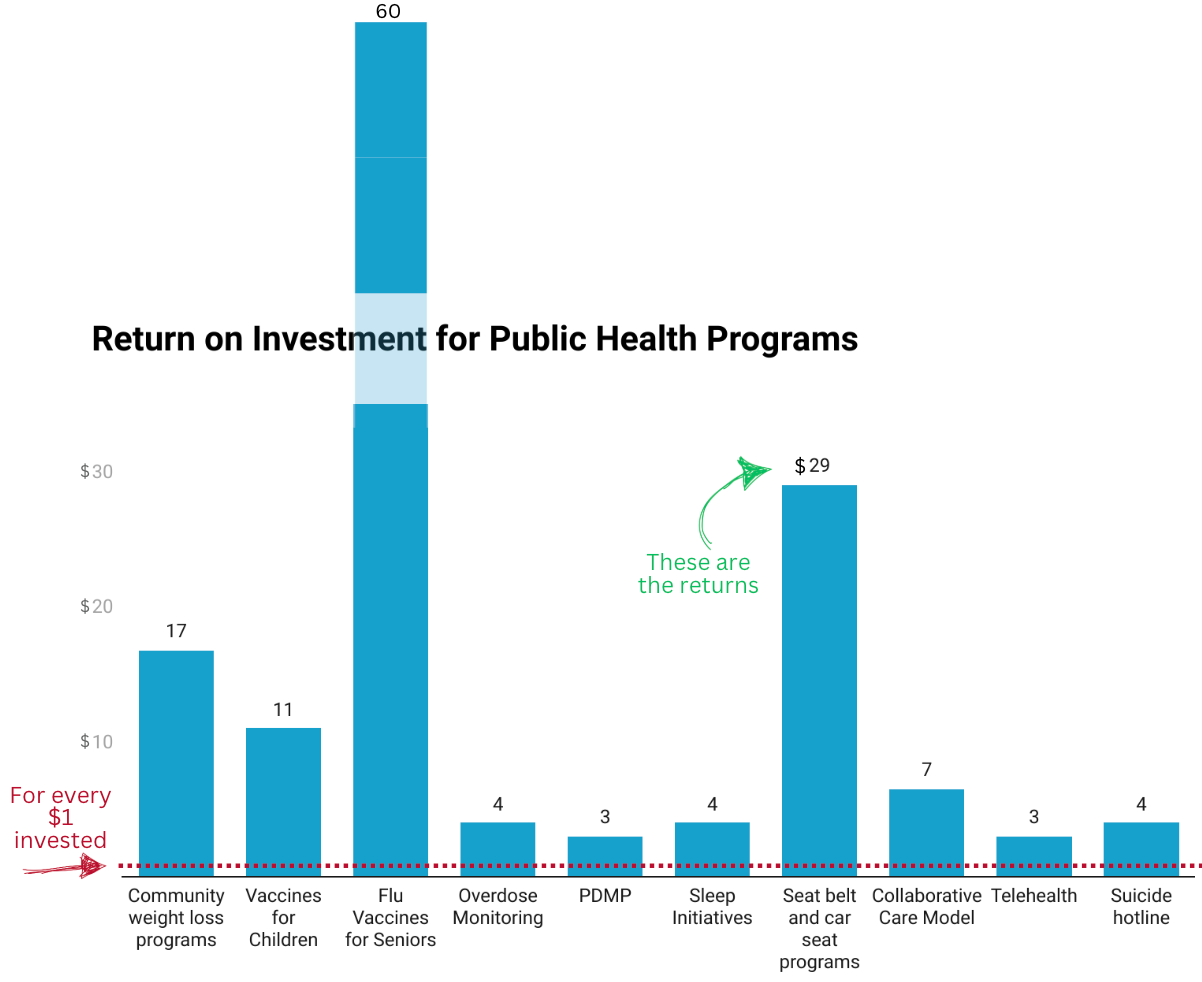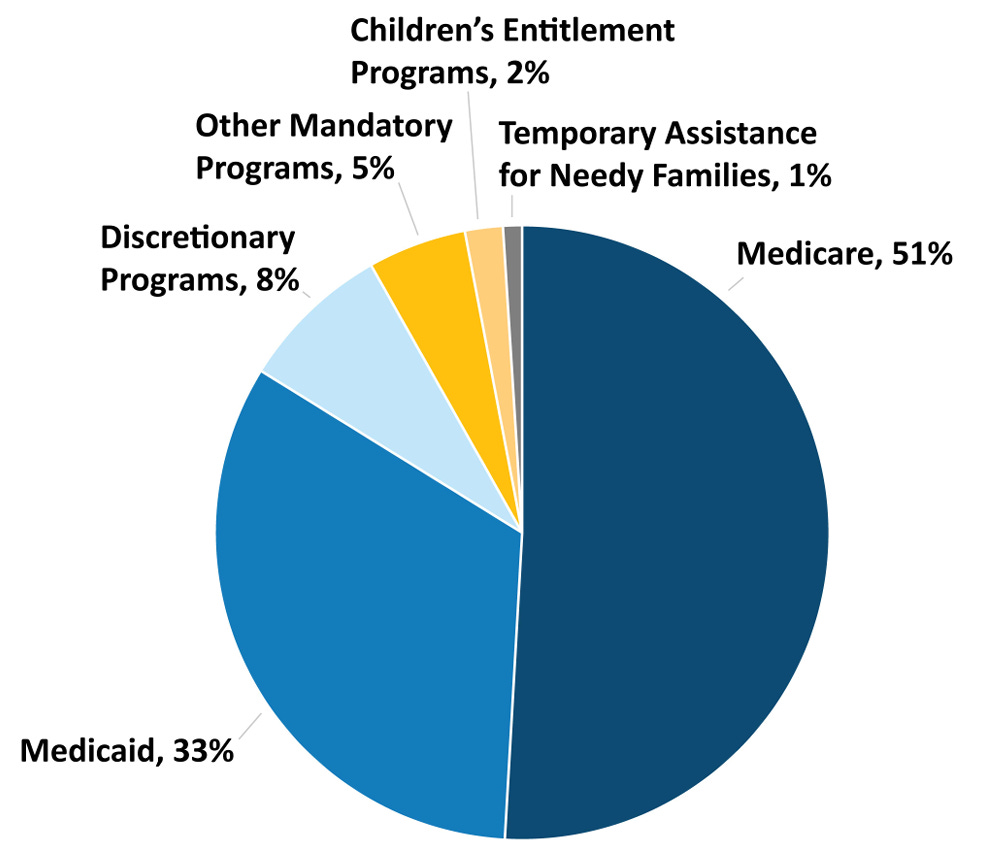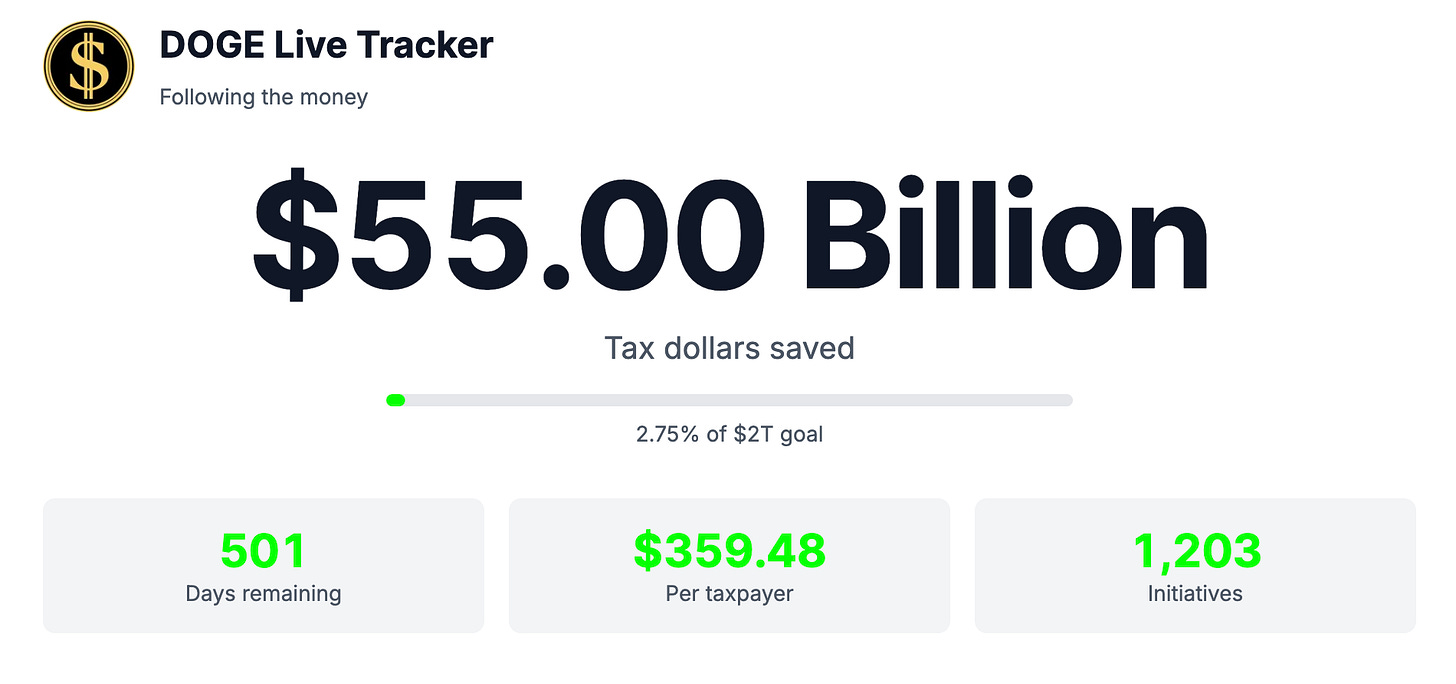The past few weeks have brought significant changes to public health, much of it shaped by shifting political priorities. As we’ve navigated these shifts, some of you have shared that you’d rather focus on the science/data and skip the policy discussions. If that’s you, you can adjust your settings HERE to receive only “The Dose”— your weekly roundup of practical public health insights. We’re grateful to have you with us!
Now, onto a policy and data post.
Thousands of people in the Health and Human Services (HHS) were terminated this week without merit, warning, or a vision of how to make the systems work better for Americans. According to the efficiency tracker, DOGE has only reached 2.75% of its goal. These cuts are just the beginning.
All of this is happening in the name of efficiency. While balancing the budget is important, efficiency is more than that—it’s about strategically improving processes, strengthening infrastructure, and ensuring sustainability. If these things aren’t done, there is a cost. In public health, for example, reckless cuts may look good on a balance sheet today but could cost Americans far more in the long run—both in dollars and in lives.
Let’s not cut off our legs to lose weight.
The reality—and myth—of "excess" in public health
Let’s be clear: Government programs, like any systems, can always be optimized. There are inefficiencies, redundancies, and areas for improvement. Government bureaucracy moves way too slowly at times. An honest internal audit isn’t unusual. It’s necessary as the world around it changes.
At the tail end of the Covid-19 emergency, CDC launched an internal audit called Moving Forward. External experts assessed how the agency could improve, interviewing hundreds of stakeholders inside and outside CDC. Their conclusions? Focus on core capabilities, be more nimble and flexible, and be more responsive to Americans’ needs on the ground. These recommendations were right on target. I was brought into CDC to help implement them—to push for faster, better, and more responsive public health action. (I was not exactly a quiet critic of CDC during the pandemic.) There is still so much that needs to be done. But, two weeks ago, the Department of Government Efficiency (DOGE) immediately terminated my contract.
Similarly, the Clinton-Gore administration formed a bipartisan task force to investigate how to make government more efficient. In September 1993, they released From Red Tape to Results: Creating a Government that Works Better & Costs Less, and its recommendations became law. It was intentional, evidence-based, and focused on both fiscal responsibility and meaningful outcomes.
What’s happening now is not that. This is a blunt-force budget cut with no clear strategy—gutting programs without considering their impact or even how services could be improved for the American people, often spinning public health into fear and chaos.
Public health is an investment
A savings of millions now could lead to billions in future healthcare costs, lost productivity, and emergency response spending. For example, a bird flu pandemic could cost exponentially more than the savings from cutting staff in the bird flu response program.
We’ve seen the return on investment in public health over and over again. All efforts require staff and resources:
Opioid crisis response efforts: For every $1 invested in overdose prevention, $4 is saved in health care and criminal justice costs.
The Vaccines for Children Program prevents 42,000 deaths annually, saving $10.50 for every $1 invested—amounting to $2.2 trillion in taxpayer savings.
Community weight loss programs. Every $1 invested yields a return of $16.70.
Mental health interventions. Every $1 invested in collaborative care models (integrated mental health treatment within primary care settings) yields a return of $6.50 in health care savings and improved worker productivity.
Here are some more:

Meanwhile, Medicare is the most expensive item in the HHS national budget. Cutting prevention programs today will only increase these costs tomorrow.

What comes next?
The destruction isn’t over, but eventually, the dust will settle. When it does, we’ll need to rebuild—hopefully with a clear vision rooted in protecting health, a commitment to long-term investment, and a focus on efficiency that actually strengthens systems rather than dismantling them.
The government exists to serve people (not profits). While financial responsibility matters, the ultimate priority must always be what’s best for the public.
Bottom line
Efficiency isn’t just about cutting budgets. Every public health dollar should work to its fullest potential for Americans. Prevention and early intervention are investments that yield returns of 2 to 60 times their cost by reducing healthcare spending, improving workforce productivity, and making communities safer.
Let’s not cut off our legs to lose weight.
Love, YLE
Your Local Epidemiologist (YLE) is founded and operated by Dr. Katelyn Jetelina, MPH PhD—an epidemiologist, wife, and mom of two little girls. Dr. Jetelina is also a senior scientific consultant to a number of non-profit organizations. YLE reaches over 340,000 people in over 132 countries with one goal: “Translate” the ever-evolving public health science so that people will be well-equipped to make evidence-based decisions. This newsletter is free to everyone, thanks to the generous support of fellow YLE community members. To support the effort, subscribe or upgrade below:






Your contract was terminated? What a loss for the CDC, along with all the indiscriminate cuts.
I'd argue that what they're doing isn't even penny wise, but it's definitely pound foolish. And should be called out for being a display of utterly incompetence.